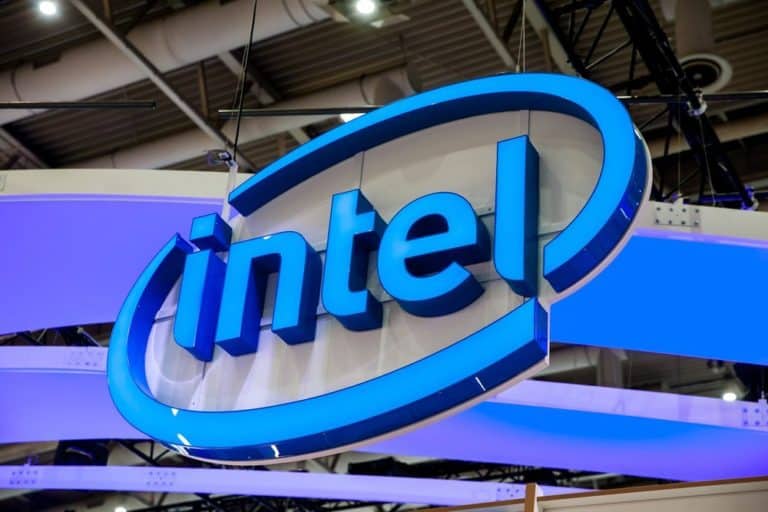Intel and SAP SE have announced to work together to optimize the infrastructure hardware of the chip manufacturer for the enterprise software applications of SAP. These include the S/4HANA database.
The focus of the optimization is on technologies such as the Xeon Scalable CPUs and the Optane DC persistent memory, writes Silicon Angle. Companies believe that these technologies can significantly improve the performance of SAP apps running in the cloud or on the edge of the network.
Applications like the S/4HANA require a lot of memory, so optimization is always welcome. Intel Optane DC persistent memory is designed to support the large storage requirements required by the hyperscala data centers. The memory comes with much more storage capacity per module than traditional dynamic random access memory.
From 50 to 4 minutes
According to the companies, the complexity and risk of real-time, in-memory applications is significantly reduced when the HANA apps run on Optane. This is because persistent data is delivered that is more resilient to failures.
SAP even thinks that customers can reduce their data recovery time for a 6 TB SAP HANA instance from 50 minutes to just four minutes.
Intel Optane DC persistent memory delivers significantly denser memory, enabling customers to process more data with the same server, which, according to the companies, should lead to cost savings and new opportunities for customers who switch to S/4HANA.
Other apps
It also optimizes Intel technologies for other SAP apps. These include the Business Suite applications, Data Hub, Concur and Ariba.
Intel and SAP have been working closely together for more than a decade to develop distinctive breakthrough technologies that enable organizations to work more efficiently. With today’s news, we are accelerating our technology collaboration further and growing the value we deliver to our customers, said Intel Executive Vice President Navin Shenoy.
Finally, the two companies are creating a new Center of Excellence, showing the performance benefits of the combined technologies and products.
This news article was automatically translated from Dutch to give Techzine.eu a head start. All news articles after September 1, 2019 are written in native English and NOT translated. All our background stories are written in native English as well. For more information read our launch article.